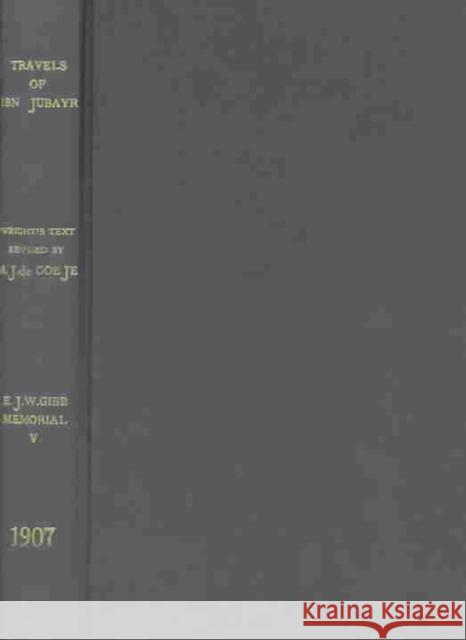The Travels of Ibn Jubayr » książka
The Travels of Ibn Jubayr
ISBN-13: 9780906094457 / Angielski / Twarda / 2007 / 416 str.
Abu 'l-Husayn Muhammad ibn Ahmad ibn Jubayr, usually known simply as Ibn Jubayr, came from an Arab family long settled in Spain. In February 1183 he set out from Granada to perform the pilgrimage to Mecca. His fame chiefly rests on the account he has left of his journey to the East and back, a journal not without rhetorical flourishes but of particular importance for the breadth of the author's interests and its abundance of vivid detail. The heart of the book covers eight months spent in Mecca and gives one of the fullest early descriptions of the sacred city and of the ritual activity connected with it, culminating in the performance of the Hajj. Egypt, under Saladin, of whom Ibn Jubayr greatly approved, had been observed on the outward journey. Leaving Arabia via Iraq, the traveller passed through Baghdad, the seat of the Caliph al-Nasir, then went north to reach Syria, and embarked for the West again on a Genoese ship at the Crusader town of Acre. Although, as a pious Muslim, he deplored the Christian presence, his experiences provide significant evidence for peaceful interaction between the two communities. Shipwrecked at Messina, Ibn Jubayr was once again in a land under Christian rule; his account of Norman Sicily under William II is of particular importance for information on the state of the Muslim community of the island, and for showing the extent to which Muslim influence and Muslim practices still survived at court and elsewhere. From Sicily Ibn Jubayr took ship for Spain, arriving home in Granada after an absence of a little over two years.











